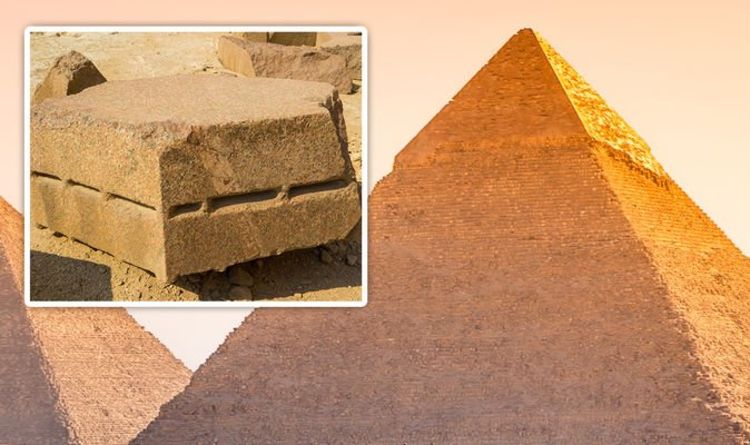New Evidence Suggests Ancient Nile Waterway Helped Build the Pyramids
A recent breakthrough in archaeological research has shed new light on one of history’s greatest mysteries: how the pyramids of Egypt were constructed. Scientists have uncovered evidence of an ancient branch of the River Nile that may have played a crucial role in transporting the massive stones used to build these iconic structures.
This long-dried waterway, known as the Ahramat Branch, once flowed through the Giza Plateau and could have been instrumental in moving materials needed for the construction of the pyramids. The discovery was made by Dr Eman Ghoneim, who utilized radar satellite data to explore the Nile Valley. Her findings revealed an “invisible world of information beneath the surface,” offering a glimpse into the region’s ancient geography.
Ghoneim presented her research at the 13th Congress of Egyptologists earlier this year. She explained that the river branch was not just a small tributary but a major waterway, with widths reaching up to half a kilometer—comparable to today’s Nile course. “The length probably was really, really long, but also the width of this branch in some areas was huge,” she said. “We’re talking about half a kilometer or more in terms of width, which is something that is equivalent to today’s Nile course width.”
The Ahramat Branch ran from Giza to Faiyum and passed through 38 different pyramid sites. This geographical detail raises intriguing questions about why so many pyramids are clustered in this area. It is possible that the presence of a large water source made it easier to support the workforce and transport building materials, leading to the concentration of monumental structures in this location.
One of the key pieces of evidence suggesting the river’s use in construction is the placement of the pyramids. According to Ghoneim, many of these structures were located exactly at the banks of the Ahramat Branch. This could indicate that they served as valley temples, acting as ancient ports for the transportation of goods and materials.
While the discovery is significant, researchers still need to confirm whether the river was active during the Old and Middle Kingdoms, around 4,700 years ago. If this is true, it would provide strong support for the theory that the river was used to facilitate the construction of the pyramids.
Beyond the pyramids, the research could also help uncover lost parts of ancient Egypt. As branches of the Nile disappeared over time, cities and towns that once thrived along them were silted up and eventually vanished. “As branches disappeared, Ancient Egyptian cities and towns also silted up and disappeared, and we have no clue actually where to find them,” Ghoneim added.
This discovery highlights the importance of using modern technology, such as satellite radar, to explore and understand the past. By revealing hidden landscapes, scientists can piece together the stories of ancient civilizations and gain new insights into their daily lives and achievements.
The study of the Ahramat Branch represents a significant step forward in understanding the historical significance of the Nile and its impact on ancient Egyptian society. As more research is conducted, it is likely that even more secrets will be uncovered, further enriching our knowledge of this remarkable civilization.







